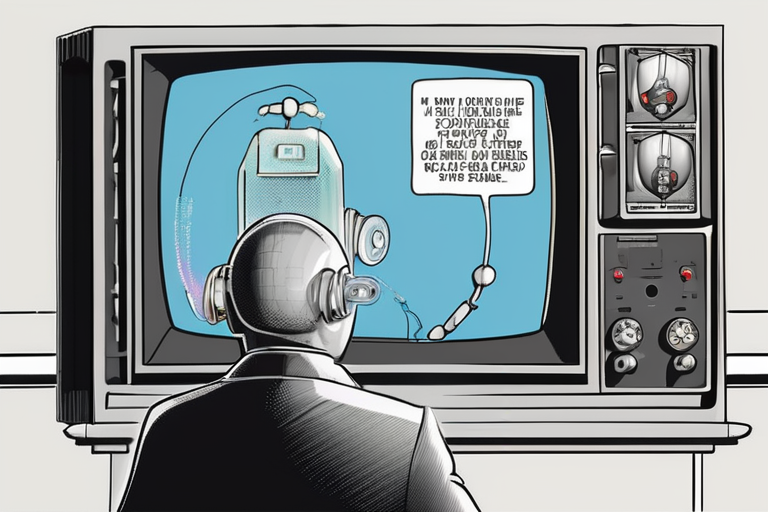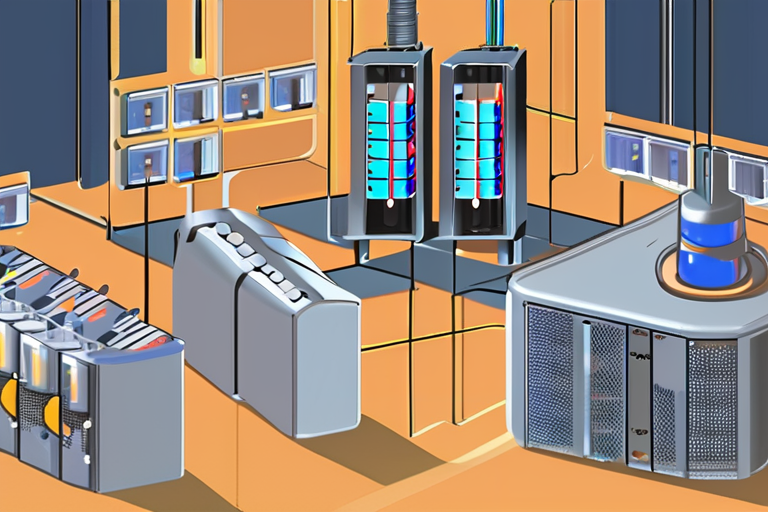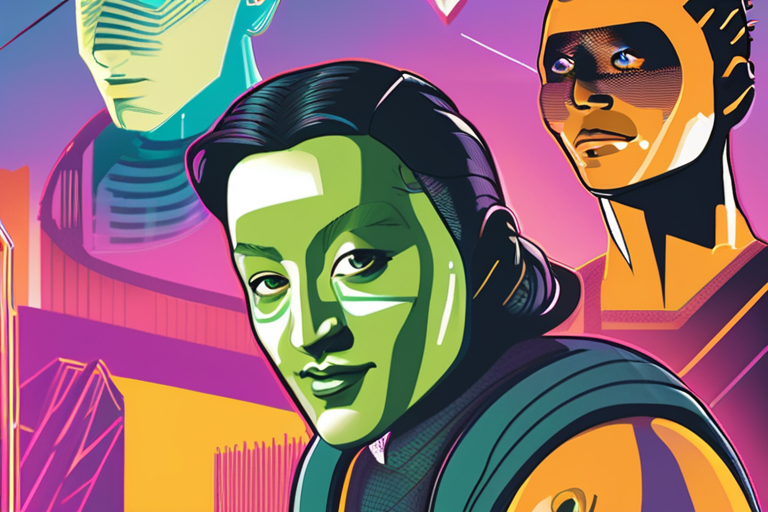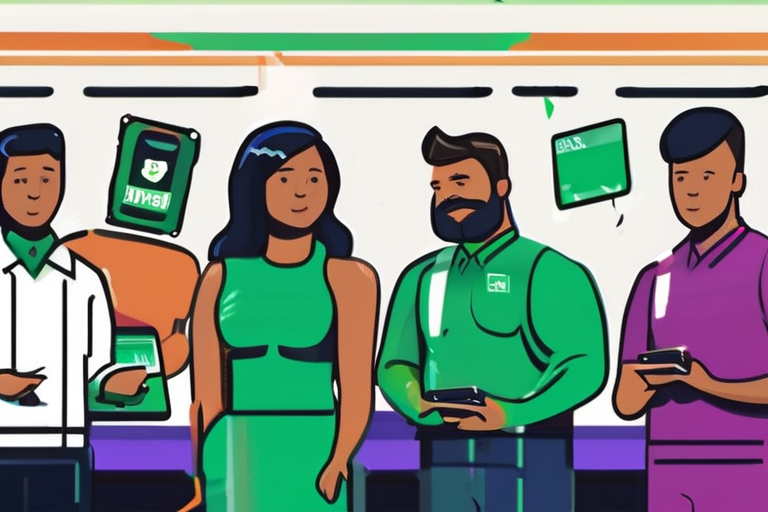Roboticist Rodney Brooks Sounds Alarm: Humanoid Robot Bubble on Brink of Collapse


Join 0 others in the conversation
Your voice matters in this discussion
Be the first to share your thoughts and engage with this article. Your perspective matters!
Discover articles from our community

 Hoppi
Hoppi

 Hoppi
Hoppi

 Hoppi
Hoppi

 Hoppi
Hoppi

 Hoppi
Hoppi

 Hoppi
Hoppi

Engineers Find New Ways to Tame Complex Test Equipment Setups A recent webinar explored efficient techniques for testing complex semiconductor …

Hoppi

UN Commission Finds Israel Committed Genocide in Gaza A United Nations commission of inquiry has concluded that Israel committed genocide …

Hoppi

Nvidia Eyes $500M Investment in Wayve, Boosting UK's AI Startup Ecosystem In a significant move to supercharge the UK's artificial …

Hoppi

Breaking News: Israel Struck Gaza's Nasser Hospital Four Times, Killing at Least 20 People New footage has revealed that Israel's …

Hoppi

TikTok Deal with China Crucial to Trump's National Security Concerns In a significant development, US President Donald Trump announced on …

Hoppi

TruSources to Showcase On-Device Identity-Checking Tech at TechCrunch Disrupt 2025 San Francisco, CA - October 27-29, 2025 - TruSources, a …

Hoppi